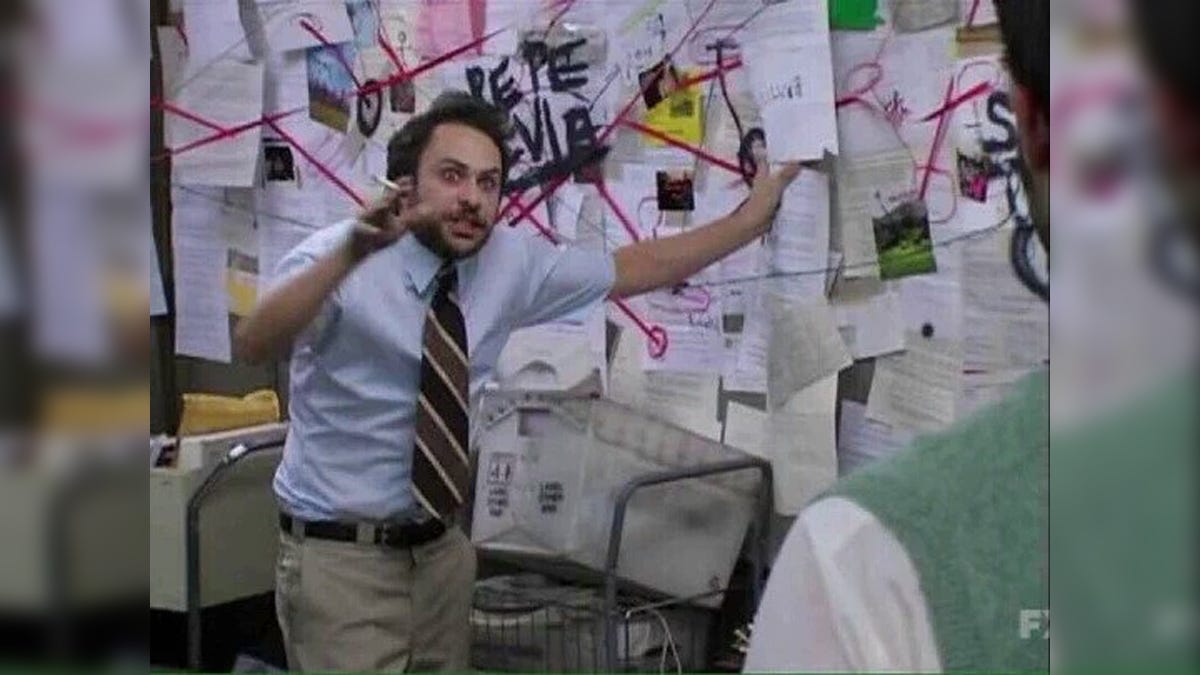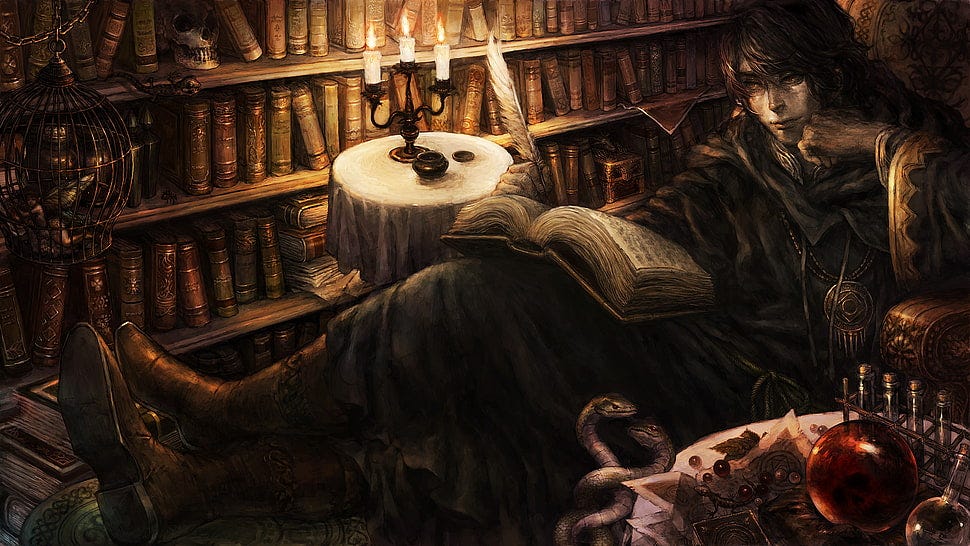After 20+ posts chronicling this journey, I've been reflecting on my storytelling approach compared to others in our community. While many players detail their technical process with impressive granularity—explaining every roll, stake, and table reference—I've chosen to focus primarily on narrative flow.
I don't judge these different approaches; I simply prefer telling the story as it unfolds, occasionally highlighting a particularly riveting roll when it genuinely elevated the gameplay experience.
You've already seen the general homebrew D6 resources I've integrated into Tiny Dungeon 2E, and some of you have likely pieced together my methodology. Rather than waiting until the campaign concludes, I thought this midpoint might be the perfect time to share the campaign-specific materials that have been shaping our adventures.
For those curious about the sheets, spells, traits, and mechanics that have brought this world to life, check out the Drive folder below.
These Markdown documents are designed for my Obsidian setup with specific plugins. For the smoothest experience, check the links at the bottom of this post where I've shared ready-to-use vaults.
To adapt one of these vaults for your use, simply delete every folder except the .obsidian folder to retain the plugin setup. You can then rename the root folder to whatever suits your needs.
I personally run all my campaigns from a single RPG Journal vault, though you might prefer creating separate vaults for each adventure to keep things manageable.
Now that we've covered the technical foundation, let's explore how I've evolved both the system and story.
Rules-Light No More?
I've fully implemented all the Tiny Dungeon modifications outlined in my Homebrewery notes. My spells now strike a balance between Tiny Dungeon's magic traits and Chaosium's approach. Character sheets have expanded to include D&D-style comprehensive biographies, while equipment slots follow detailed tables with magic items backed by rich lore paragraphs.
The verdict? This definitely isn't "tiny" anymore—and that's perfectly fine. The guidance I shared was always meant to be adapted to your preferences.
This Strahd campaign serves as my testing ground for these expansions. Even with all these additions, I'd still classify it as rules-medium. If it has crossed into rules-heavy territory, it maintains Tiny Dungeon's intuitive feel. Each addition builds logically on the foundation, drawing clear inspiration from other systems.
In fairness, some character sheet elements exist primarily as visual references for myself. The equipment table could easily be simplified to track only magical items as they appear. Similarly, it serves as a practical reminder that characters have physical limitations—two hands for weapons, one torso for armor. The detailed background sections could be condensed into concise paragraphs.
I could approach this countless ways, but I'm curious about your reaction to the system I've developed for my own convenience.
Looking ahead, after exploring more systems and concluding this campaign, I might revisit my kitchen-sink D6 approach. This would allow me to experiment with even heavier mechanics, possibly implementing the focus point approach across all ability schools—both martial and magical—as I speculated in my earlier post here.
The Story, and my Interpretations
A key theme I’ve tried to weave into the story and roleplay is questioning the nature of Strahd’s curse. Who is truly cursed? What is the real shape of this torment? What are the Domains of Dread, really? How much agency do their inhabitants actually have? These questions don’t have simple answers—and that’s what makes them worth asking.
At a glance, Strahd appears to be the blight on Barovia—an evil ruler keeping the land in shadow, his whims shaping every aspect of life. His power is absolute. He can do things even ancient vampires on other planes cannot. He moves through early morning and dusk light. He’s a wizard, a polymath, a military genius. Though only a few centuries old, his domain gives him the edge—older, stronger vampires would still hesitate before challenging him here.
Ending his curse, in fan circles, often revolves around destroying him, annihilating Tatyana’s soul to cut off his obsession, or disrupting the Dark Powers to free the realm. These interpretations lean toward player-focused solutions and modern adventure modules.
My approach is different: story first, always. I’ve dug into old sourcebooks and novels, grounding my view not in the temporary lens of the players, but in the only perspective that endures: Strahd’s.
The truth of the Domains is containment. Most “inhabitants” don’t even have souls. They’re window dressing, illusions. And the title of “Darklord” is ironic. These narcissistic monsters aren’t rulers—they’re prisoners. They think they’re in control, but the truth is simpler: the Domains exist to torment them.
So while players are the heroes of their own story, Strahd is the main character of Barovia. The domain exists to torture him. Tatyana is dangled in front of him again and again—close enough to chase, never close enough to hold. Each time, it seems more real. Each time, she slips away, by fate or her own will. Like Lucy yanking the football from Charlie Brown, endlessly.
That’s what led me to reframe the curse. Strahd isn’t the curse. Ireena is. Her presence and his inability to possess her is the loop he’s locked into. It’s that idea that shaped the campaign’s tone and many of my narrative choices.
I don’t think I nailed everything. I rushed the romance between Finn and Ireena a little more than I intended, but I couldn’t resist the narrative poetry. I still left it to chance—dice rolls helped me surprise myself. Fortunately, things fell the way I hoped.
When Finn was cursed with a deathly touch—spoken into being by Strahd himself—and Ireena responded by pursuing intimacy, it clicked. Her desire wasn’t just for love. It was a death wish, a mirror of the domain’s core loop playing out in miniature. Strahd’s torment echoed through her and into Finn.
Now, she’s drawn to Finn not just in love, but in longing for the death he unintentionally offers. She sees in him a gentler end—one rooted in real love, not possession. And if Finn were to grant that wish, it would mean letting go of everything, even his own attachment. That’s the emotional core: love twisted by grief, control, and inevitability.
Strahd, driven by lust and obsession, would destroy anyone to keep Ireena for himself. This only deepens her despair. Finn, driven by love, wants only to protect her—but his curse makes true intimacy dangerous. She’s trapped between two forces—one that clutches and consumes, and one that loves her too much to risk holding her close.
This creates a new cycle. Ireena begins to crave Finn’s deathly touch. Not out of romantic impulse alone, but because it promises escape—an end held by someone who loves her enough to let her go. In her eyes, that’s the only kind of love she hasn’t already been destroyed by.
That’s the curse. Not Strahd himself, but the story—tragic, inescapable, and endlessly repeating.
The Road Ahead
I was flat on my back trying to think about what could happen next. So—they’ve formed a fellowship. They want to kill Strahd. They’ve acquired the treasures that might give them a real shot. They’re developing solid traits and abilities, but they're still pretty soft, especially with their low HP.
Plus, I think there’s more story to mine before sending them straight to Castle Ravenloft again. And while I still haven’t created a converted character sheet for Strahd, I know it should be epic. I’m thinking maybe even 100 HP—insane scaling compared to even solo-tier creatures in the Tiny D6 system. I want to see just how far I can push it: how many traits and abilities I can stack, how many spells I can convert, and how big I can make the enemies to match the party’s growth. It’s my game—might as well push the limits.
With the world still wide open, though, I found myself unsure where to go next. What other locations still make sense? I’ve hinted at Mordenkainen, but haven’t dropped a single lead pointing to him yet. Looking deeper into Ezmerelda’s backstory, I remembered she was apprenticed to Van Richten—and the party has reason to seek him out, since they know he worked on the translations of the Tome of Strahd's cipher.
So, without giving too much away, I’ll use Ezmerelda’s body to drop a clue. A note or item on her can point the players toward Van Richten’s hiding place. News of her death could serve as a hook to win him over emotionally, and the weapons they’ve gathered might give him enough reason to join them. Of course, I won’t make it too easy—but if they succeed, I see a chance for a great double payoff.
It gives me a reason to make Van Richten more informed about Mordenkainen’s potential whereabouts. After all, they must have worked together during the earlier rebellion in the Domain, so I can easily spin this into a potential reunion.
There’s still plenty of work ahead—scaling the opposition, balancing the encounters—but I see no reason to stop. I’m still having fun, and that’s the main reason to keep anything going.
Till next session—happy rolling.







